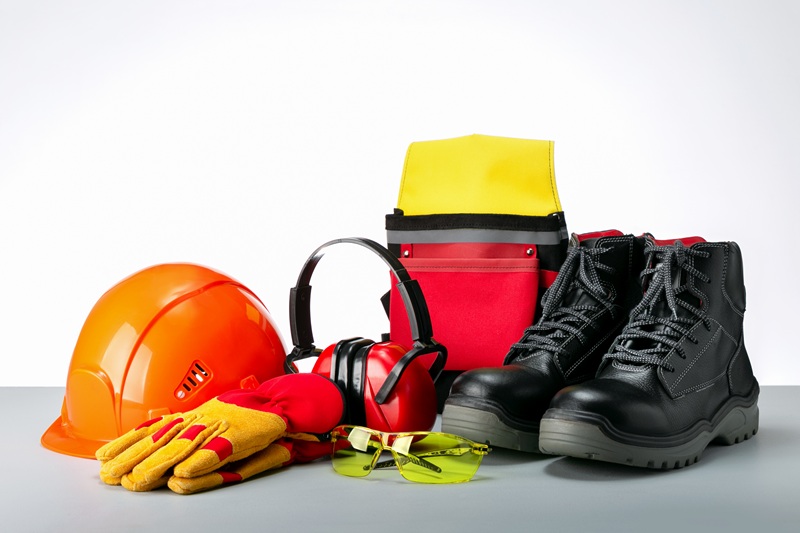Addressing PPE challenges: OSHA new ‘proper fit’ rule, NIOSH new guidance on hearing protection OSHA ‘proper fit’ rule

OSHA’s “properly fit” rule became effective January 15, aligning construction standards with those already established for general industry and maritime employment. Construction employers must provide personal protective equipment (PPE) in various sizes and designs that accommodate a diverse workforce. Importantly, they must assess the fit of PPE for each worker individually. The fit must address body shape, proportions, and size and includes all types of PPE such as gloves, helmets, harnesses, vests, respirators, safety glasses, and boots.
It applies to all construction companies; there are no exceptions based on size. Notably, the updated rule applies to not only PPE that an employer provides, but also any PPE that was purchased directly by a worker for their personal use.
In addition to assessing the fit of PPE for each worker individually, employers should incorporate the importance of proper fit for safety in PPE training. This should include guiding workers on how to adjust the equipment, explaining how to recognize when PPE does not fit properly, and what steps to take to request replacements. Employers should also keep comprehensive records of their PPE compliance activities, including documenting PPE assessments, inspections, training sessions, and any instances where PPE was replaced or adjusted for proper fit.
OSHA did not adopt a formal definition of proper fit, but in the notice of proposed rulemaking noted: “It is OSHA’s position that the phrase “properly fit” means “the PPE is the appropriate size to provide an employee with the necessary protection from hazards and does not create additional safety and health hazards arising from being either too small or too large.” While OSHA encourages employers to refer to manufacturers’ instructions for proper fit, it is not a requirement. Employers have flexibility in selecting PPE that meets the specific needs of their workers.
While comfort is important, OSHA cannot issue a citation simply because PPE that properly fits is uncomfortable. However, OSHA cautions that regardless of fit, employers have an independent duty to ensure that employees always wear appropriate PPE when necessitated by a workplace hazard. Studies have found discomfort is a prime reason for not using PPE. Therefore, employers should take employees’ concerns about discomfort seriously.
While the new rule applies to all workers, the problem of improper fit has primarily affected women. For many years, there was a ‘pink it and shrink it’ mentality, but simply shrinking male PPE doesn’t work. And it’s a challenge for employers because women’s bodies have more variations in size and shape to account for in PPE fit.
The good news is access is improving and there is a new resource available from The Center for Construction Research and Training (CPWR) that provides a list of providers of appropriate-fitting personal protective equipment for female, nonbinary, and transgender workers. The resource provides links to companies focused exclusively on women’s wear, as well as listings for products including construction footwear, hearing protection, harnesses for fall arrest systems, protective headgear, high visibility clothing, flame-resistant clothing, safety glasses and googles, safety gloves, and maternity wear.
NIOSH recommends individual fit-testing for hearing protection
Citing technological advancements, a recent NIOSH policy update calls on employers to use “individual, qualitative fit testing” to assess the effectiveness of workers’ hearing protection devices. The update revises guidance in a June 1998 criteria document. While individual fit-testing was considered ideal then, fit-test systems were not available.
However, “several hearing protector fit-test systems are now available” that determine a personal attenuation rating, or PAR, “that accurately reflects the level of sound reduction an individual worker receives while wearing a specific hearing protector.” The PAR also may determine “an individual has achieved a specified level of protection.”
The agency emphasizes that although it recommends using individual hearing protector fit testing in the field as a best practice for employers, it doesn’t recommend a particular fit-testing method.
SEVEN SECRETS
You’ll receive important information to help you avoid overcharges on your workers’ compensation.
